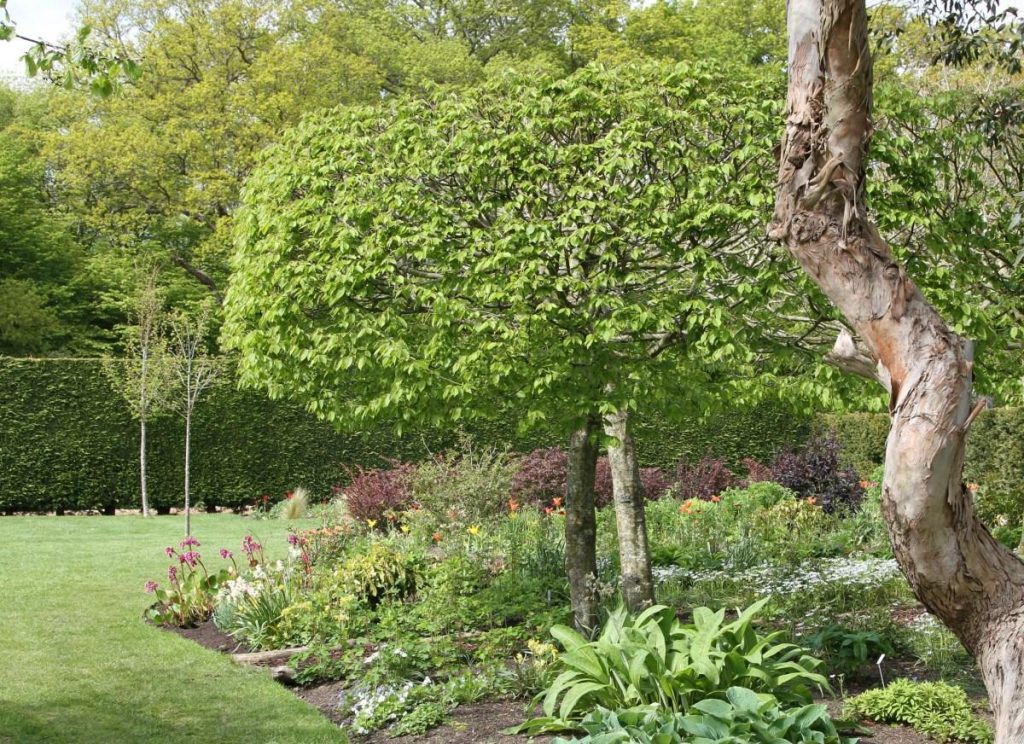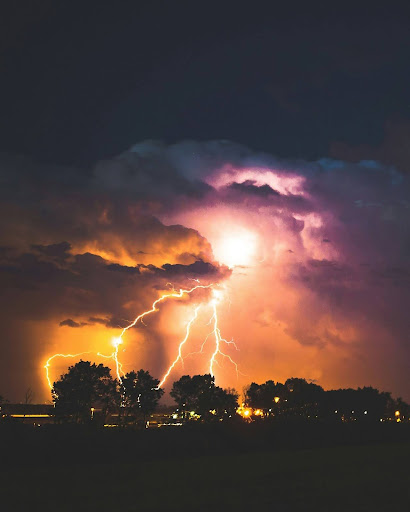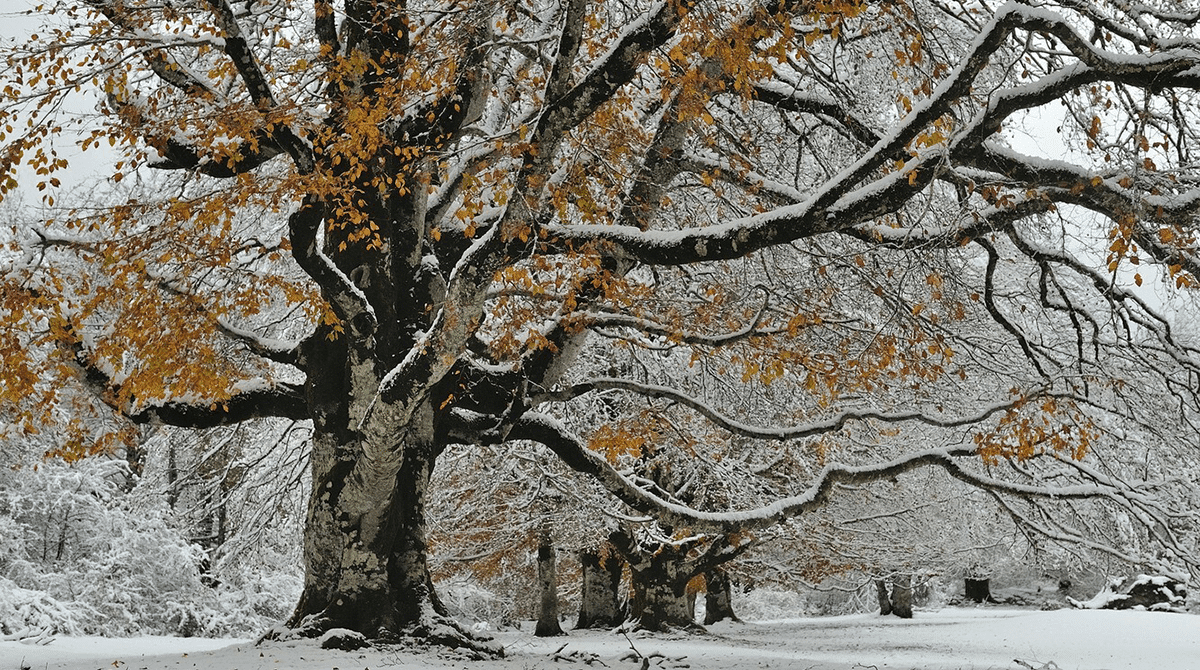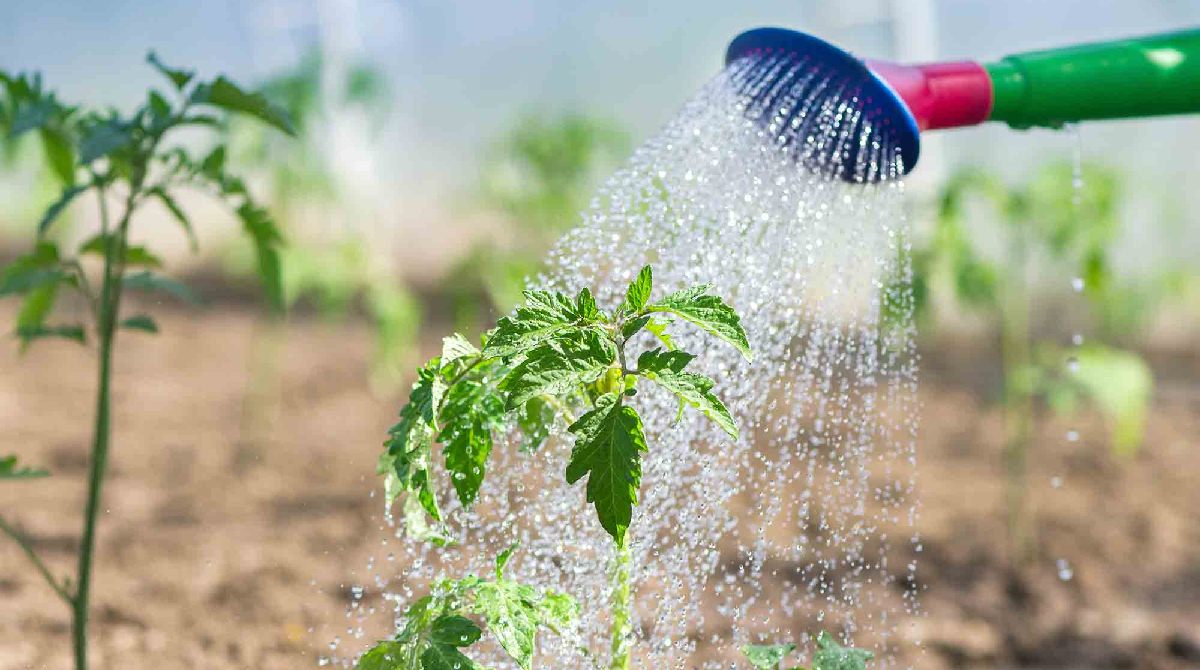
Date November 16, 2021
Category
Much of gardening can be a lesson in patience, but what if things don’t seem to be going right? After all the waiting, why might your newly planted trees and shrubs not be established as they should?
When it comes to nature, establishment means a plant has successfully developed roots in new, surrounding soil and begun symbiotically coexisting with the microorganisms in the surrounding soil. Generally speaking, that’s how you’ll know that the plant has likely begun establishing! Newly planted roots depend on potting soil to absorb moisture, but new growth should become apparent once they have attached beyond and into their surrounding soil.
Shrubs are typically established in 1 to 2 years, defined by their root spreads equaling the scope of their above-ground canopy. Trees, however, like to take their time. Their establishment phase is defined as how long it takes for the tree to reproduce roots and no longer depends on irrigation. The long-standing rule of thumb advises waiting three full growing seasons before fearing trouble. Upon initial transplanting, a tree’s growth rate will slow, but once it resumes a more consistent rate by hopefully that third year, it is regarded as an established tree. Of course, the larger the tree, the longer the time and heavier irrigation the root system will require to develop when moved to new soil.
If you do not see healthy roots development based on these parameters, your plants may fail to establish, which can happen for many reasons.
The plant was mangled during transport from the nursery.
Plant roots can be delicate when not appropriately protected, and any sharp bouncing like that of a truck or van rolling down an uneven road can cause damage to the roots’ integrity. Tears may occur to smaller roots. Improper tying down of trees or scraping of bark when loading onto a vehicle can cause irreparable harm to their tissue. Failing to cover a tree exposed to high winds during transport can too harshly dry the tree, causing stress that affects its establishment.
The tree and its new planting site are incompatible.
Different needs are required among the over 60,000 unique tree species. Many factors must be considered, from soil dampness to pH levels and exposure to the sun when deciding what trees and shrubs to plant. If they are not compatible, the plant will almost certainly fail to establish.
The purchased tree was of low-quality
While not a likely reason, it is still a possible one to consider. When choosing the nursery, work your way down from the top of the tree and then onto the roots. Look out for an excess of unhealthy branches and leaves, a slim trunk requiring support from a pole, or a wounded trunk possibly oozing with sap. Underdeveloped or overly dry root balls are a concern to avoid. As for plants grown in a container, be aware of stem girdling roots. Look at where the plants have been stored; the delicate roots may already be under fatal stress levels if left on hot concrete. All these factors may eventually lead to slowed growth or even complete establishment failure.
The tree was improperly planted.
This is the most common reason for plants not establishing. Planting roots at an incorrect depth below grade can be devastating to its health. Just 3 inches below grade can be fatal, so aim for at or slightly above grade to give them the best chances of survival.
Trunks were left unprotected.
Peckish animals, gardening tools like weed whips, and bumps from lawnmowers are just a few things that can cause damage to vulnerable, growing trunks. Use a guard to protect against equipment damage and hungry rodents, and keep mulch away from being directed against the tree’s base. A donut-like circling of mulch approximately 1 to 2 inches away from the trunk can help avoid attracting harmful microorganisms and insects.
The weather is too extreme for the plants.
Some plants can’t stand up to their climate, whether too dry, hot, or cold. While freezing conditions may cause sudden damage, excessive heat typically is a slow decline. So, keep an eye out for yellowed or bleached foliage, unexpected changes in growth, and dieback when those temperatures start to scorch.
Plants were not properly watered.
Know the ideal frequency of watering for your particular new plants. Initially, they will likely need daily or semi-daily watering to maintain healthy soil moisture and support their establishment; roots should navigate easily through the surrounding soil. However, if root balls become overly hydrated, they run the risk of rot. If watering habits become too spaced out, root balls may dry out, which can be irreversible.
Tree and shrub care can be complex if not adequately thought through and planned for ahead of time. Professional arborists like those at TreeNewal can help you do just that to ensure your garden thrives right from the start!
If you need autumn tree and shrub care or a tree inspection, don’t hesitate to drop a line to the ISA-certified arborists at TreeNewal for tailored tree care advice.
To learn more about Why Trees and Shrubs Fail to Establish, call our Argyle and Southlake-based teams
at (817) 349-7754 or send us a message.
We’re a little different than the average tree services company.
Learn more about TreeNewal’s ISA Certified Arborists!
Our Dallas/Fort Worth-based tree doctors can explain how sustainable tree care services add more value to your bottom line.
Healthy trees, healthy lives.








